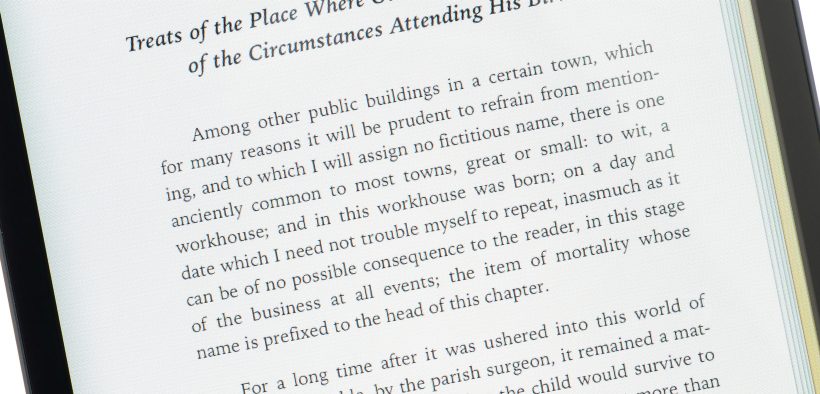As a writing teacher, I’ve discovered that counseling writers to sequence details logically does more for their writing, their readers, and their intellectual development than encouraging them to take risks or to make art. Plot really is everything. Not just in story writing but in all writing and most thinking.
Teaching Logic and Sequencing through Narrative

- Tags: storytelling, teaching techniques
Related Articles
I have two loves: teaching and learning. Although I love them for different reasons, I’ve been passionate about...
Active learning is a mostly meaningless educational buzzword. It’s a feel-good, intuitively popular term that indicates concern for...
Perhaps the earliest introduction a student has with a course is the syllabus as it’s generally the first...
Generative AI allows instructors to create interactive, self-directed review activities for their courses. The beauty of these activities...
I’ve often felt that a teacher’s life is suspended, Janus-like, between past experiences and future hopes; it’s only...
I teach first-year writing at a small liberal arts college, and on the first day of class, I...
Proponents of rubrics champion them as a means of ensuring consistency in grading, not only between students within...








